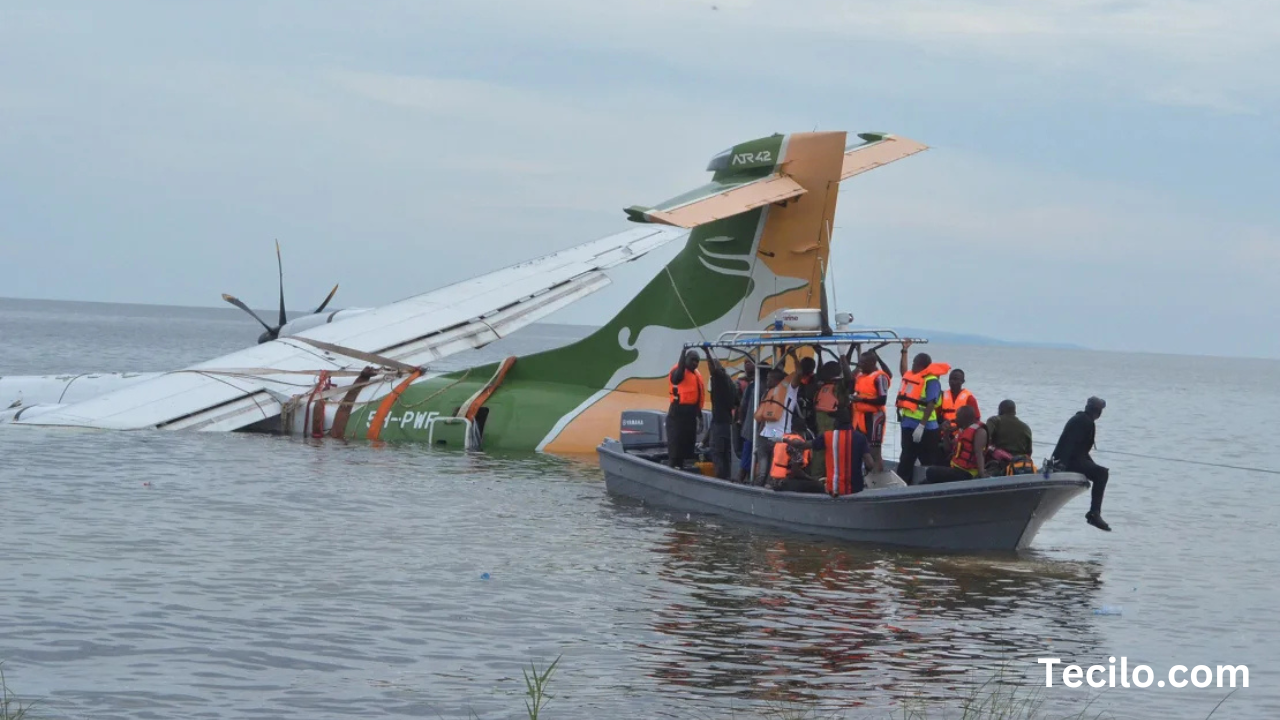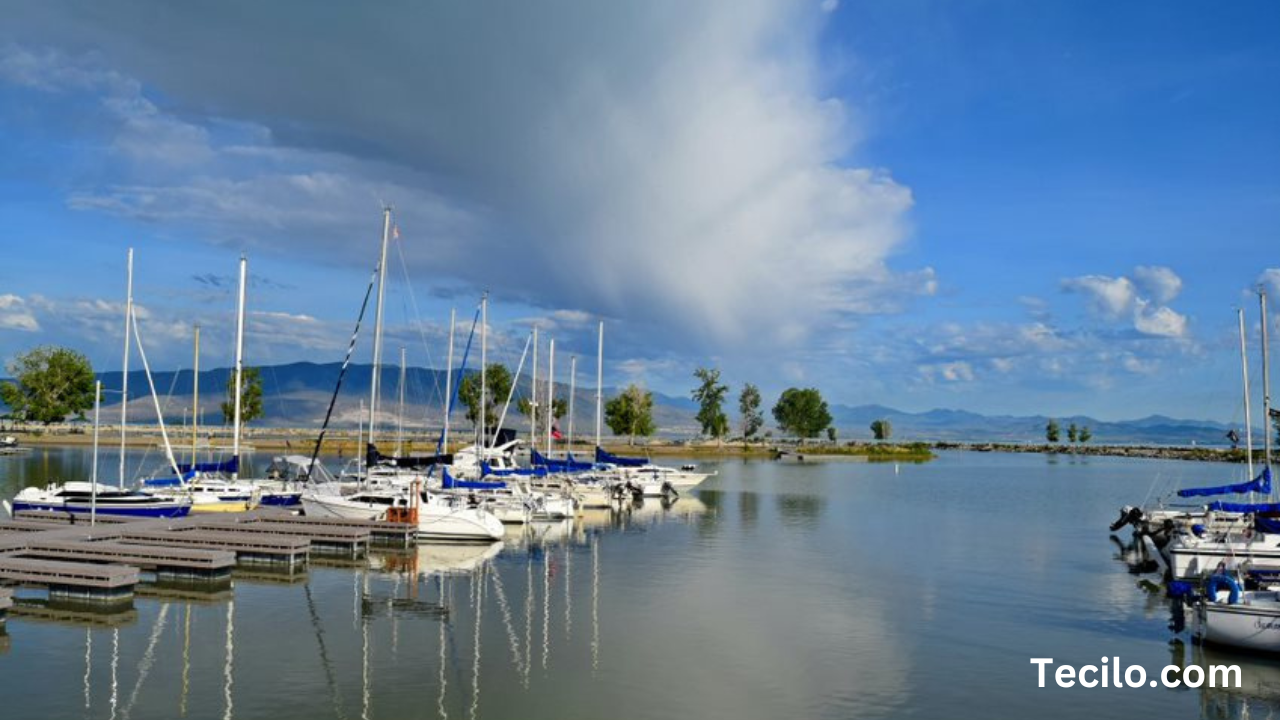
Plane Crashes Lake Sammamish, a serene body of water in Washington State, may seem like an unlikely location for plane crashes, but over the years, several aircraft have met their fate in its waters. While these incidents are not daily occurrences, they’ve had significant impacts on aviation safety, local residents, and environmental regulations. Let’s dive into the details of what makes Lake Sammamish a unique spot in aviation history.
Overview of Lake Sammamish
Location and Significance
East of Seattle, encircled by lush parks and suburbs, is Plane Crashes Lake Sammamish. It is a popular spot for water sports, hiking, and camping, attracting both locals and tourists. But beyond its recreational use, the lake’s proximity to major airports like Seattle-Tacoma International (Sea-Tac) puts it along busy flight paths.
Recreational Activities at Lake Sammamish
Recreational activities available at the lake range from jet skiing to kayaking. People flock to its shores for weekend getaways, unaware that the skies above have witnessed multiple plane crashes over the years.
History of Plane Crashes at Lake Sammamish
First Documented Crash
The first known plane crash at Lake Sammamish dates back to the mid-20th century. Although details were scarce at the time, this marked the beginning of several incidents involving both private and commercial aircraft.
Notable Incidents
One of the most talked-about crashes occurred in the late 1990s, when a small private plane, flying low due to mechanical issues, was forced to attempt an emergency landing on the lake. Tragically, the pilot did not survive, though such events spurred important safety discussions in the aviation community.

Factors Leading to Plane Crashes
Weather Conditions
Pacific Northwest weather can be notoriously unpredictable, and sudden changes can result in poor visibility, turbulence, or icing on aircraft wings—major contributing factors to past plane crashes lake sammamish in the area.
Pilot Error
Inexperienced pilots, especially those unfamiliar with the geographical landscape, have been a leading cause of plane crashes over plane crashes lake sammamish. Misjudgments during navigation or emergency landings can lead to devastating outcomes.
Technical Failures
Mechanical issues, such as engine failure or malfunctioning instruments, are common causes of emergency situations for planes flying over the lake. Technical failures often give pilots little time to find safe landing alternatives.
The Role of Geography
Proximity to Major Airports
Plane Crashes Lake Sammamish lies within a busy flight zone due to its proximity to Sea-Tac and smaller private airports. As a result, many planes pass overhead, increasing the likelihood of emergencies occurring nearby.
Impact of Water on Emergency Landings
Water can either be a lifesaver or a hazard. While many pilots may attempt water landings in emergencies, they are not without risk. The force of impact with water can be just as deadly as hitting land, especially if the aircraft is moving at high speeds.
Investigating Plane Crashes
Role of NTSB (National Transportation Safety Board)
Whenever a plane crashes, the NTSB is called in to investigate the cause. Their role is to analyze flight data, review witness statements, and assess damage to determine what went wrong.
On-site Investigations
Investigators comb through the wreckage to find clues, such as black boxes or structural weaknesses, that may have contributed to the crash. When there are water crashes, divers frequently help with the recovery process.
Emergency Response to Crashes
Local Authorities’ Role
Local emergency services, including police, fire departments, and medical teams, are first on the scene. Their quick response can mean the difference between life and death for those involved.
Rescue Operations and Challenges
Rescue operations on water present unique challenges. Rapidly sinking planes, freezing water temperatures, and limited visibility complicate efforts to save lives and recover wreckage.

Survivor Stories
Accounts from Witnesses and Survivors
Though rare, some individuals have survived plane crashes into Plane Crashes Lake Sammamish. Their harrowing tales serve as a reminder of the unpredictability of air travel and the importance of safety protocols. Witnesses often recount hearing the planes before they plunge into the lake, followed by frantic rescue efforts.
Impact on Local Community
Emotional and Psychological Impact
The aftermath of a crash impacts more than just those on the plane. Local communities experience shock, grief, and fear, especially those living along the lake’s shores. These incidents have led to heightened awareness of aviation safety among residents.
Increased Awareness and Safety Measures
Following crashes, local advocacy for improved flight safety often gains momentum. Efforts to impose stricter regulations on low-flying planes and better emergency preparedness for such events are common outcomes.
Changes in Aviation Safety Post-Crashes
New Regulations
In response to crashes, aviation authorities sometimes implement new regulations, such as tighter restrictions on flight paths over densely populated or recreational areas like Plane Crashes Lake Sammamish.
Improved Safety Protocols
Increased focus on pilot training and stricter maintenance protocols for planes have also emerged as key lessons from past incidents.
Preventative Measures to Avoid Future Crashes
Improved Pilot Training
To prevent future crashes, authorities have called for more rigorous training programs for pilots, especially those flying in areas prone to bad weather or challenging geography.
Advanced Aircraft Technology
Modern planes come equipped with sophisticated technology that can alert pilots to mechanical issues before they become critical, reducing the risk of mid-air emergencies.
Environmental Impact of Plane Crashes
Pollution from Fuel Leaks
When a plane crashes into water, fuel and other hazardous materials can leak, polluting the lake and harming aquatic life. These spills require immediate containment and cleanup efforts to minimize environmental damage.
Recovery Efforts to Clean the Lake
Teams of environmental specialists often work alongside aviation investigators to ensure that any pollutants are removed from the Plane Crashes Lake Sammamish quickly and efficiently after a crash.

Lake Sammamish as a Flight Path
Why Planes Frequently Fly Over the Area
Plane Crashes Lake Sammamish is situated under popular flight routes, especially for small aircraft and private planes. Its open area offers pilots a potential emergency landing zone, which has been both a blessing and a curse.
Public Reactions and Media Coverage
Coverage of Past Incidents
Local news outlets frequently cover crashes, and media coverage plays a role in sparking public concern about aviation safety. This coverage often leads to discussions about the dangers of planes flying over residential areas.
Public Safety Concerns
While crashes are rare, they raise concerns among local residents about the potential dangers of living under busy flight paths. Public forums and town halls are common after such incidents, where locals voice their worries.
Conclusion
Plane crashes at
Plane Crashes Lake Sammamish while infrequent, have had lasting impacts on aviation safety, the local community, and environmental protection. By learning from these tragedies, pilots, regulators, and emergency responders have made significant strides toward preventing future crashes and ensuring that the lake remains a safe area for both recreational and aviation use.
FAQs
- How many plane crashes have occurred at Lake Sammamish? Multiple Plane Crashes Lake Sammamish have occurred over the years, with varying degrees of severity, involving both small private Plane Crashes Lake Sammamish and larger aircraft.
- What causes planes to crash over Lake Sammamish? Common causes include weather conditions, technical malfunctions, and pilot error.
- Is it safe to live near Lake Sammamish? While the area is generally safe, occasional crashes do raise concerns






